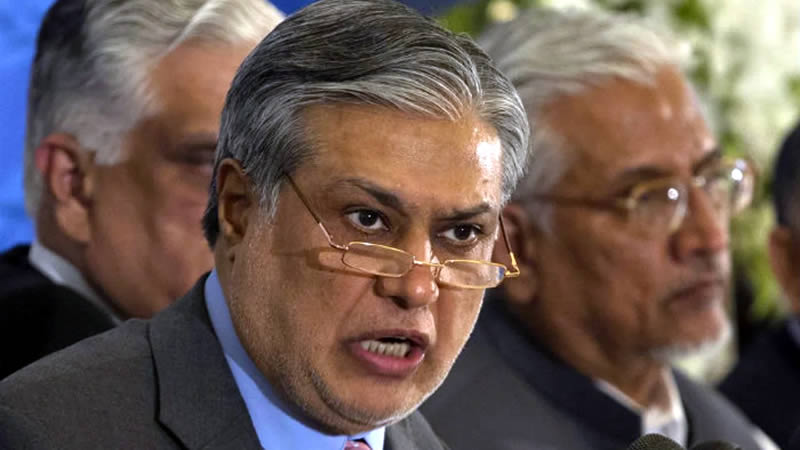 A major aftershock rocked northeast Japan on Thursday and a tsunami warning was issued for the coast devastated by last month’s massive quake and tsunami that crippled a nuclear power plant.The warning was later lifted and no tsunami was reported after the quake, which struck shortly before midnight. No damage from the tremor, measured at magnitude 7.4 by the Japan Meteorological Agency, was detected at the Fukushima Daiichi nuclear plant, operator Tokyo Electric Power Co (TEPCO) said.Workers struggling to bring the plant under control were evacuated but returned once the tsunami warning was lifted, a TEPCO official said.There were signs progress had been made towards stabilising the plant, though overall the situation was still very serious, an official at U.N. nuclear watchdog the International Atomic Energy Agency (IAEA) said late on Thursday, before the aftershock struck.Large parts of northern Japan, whose infrastructure was severely damaged by the March 11 quake and tsunami, were without electricity following the latest of many aftershocks, the biggest since last month’s killer quake.
A major aftershock rocked northeast Japan on Thursday and a tsunami warning was issued for the coast devastated by last month’s massive quake and tsunami that crippled a nuclear power plant.The warning was later lifted and no tsunami was reported after the quake, which struck shortly before midnight. No damage from the tremor, measured at magnitude 7.4 by the Japan Meteorological Agency, was detected at the Fukushima Daiichi nuclear plant, operator Tokyo Electric Power Co (TEPCO) said.Workers struggling to bring the plant under control were evacuated but returned once the tsunami warning was lifted, a TEPCO official said.There were signs progress had been made towards stabilising the plant, though overall the situation was still very serious, an official at U.N. nuclear watchdog the International Atomic Energy Agency (IAEA) said late on Thursday, before the aftershock struck.Large parts of northern Japan, whose infrastructure was severely damaged by the March 11 quake and tsunami, were without electricity following the latest of many aftershocks, the biggest since last month’s killer quake.
Toru Hanai, a Reuters photographer in Oshu, Iwate prefecture, near the epicentre of Thursday’s aftershock, said his hotel lost power and a water pipe burst.”Everything fell. My room is a complete mess and power is widely out in this area,” he said.In the capital, Tokyo, buildings also shook.”It started out as nothing much, then the building started swaying quite strongly,” a Reuters witness said.By 1:30 a.m. (4:30 p.m. British time) seven people were reported injured, two seriously, a spokesman for the National Police Agency said.Last month’s 9.0 magnitude quake triggered tsunami waves which swept in along the coast, wiping out towns. About 28,000 people were killed or are missing.The disaster disrupted industry and affected supply chains around the world but it was not immediately clear if Thursday’s aftershock would compound those problems.At the Fukushima nuclear plant, TEPCO said it was continuing to inject nitrogen into reactor No.1 in order to prevent the risk of a hydrogen gas explosion.An IAEA official said radiation in the region around the plant, as measured by gamma dose rates, had peaked in the early days of the crisis, and aside from a rise on March 22, had since fallen to “a level very close to background.” – Reuters












